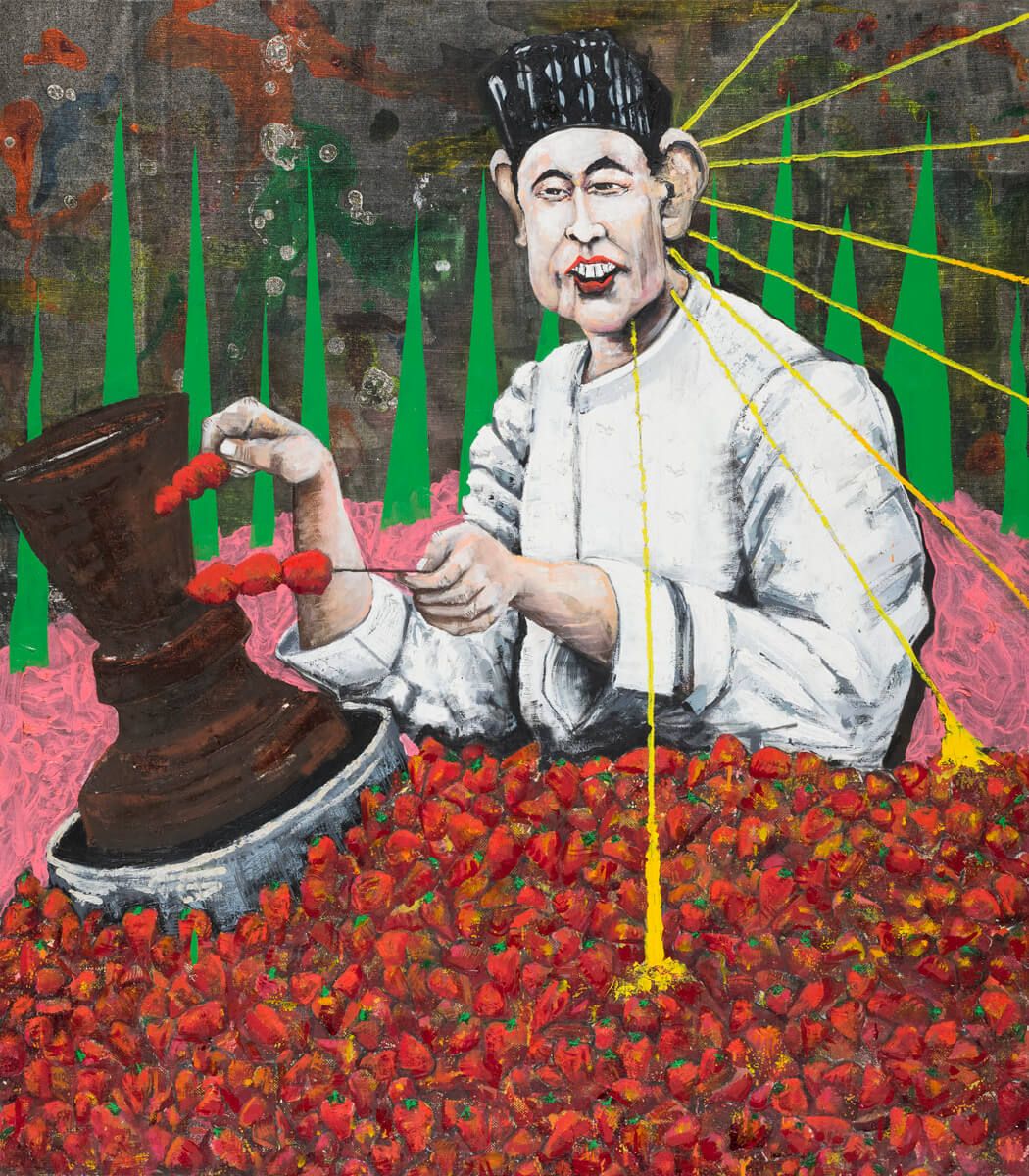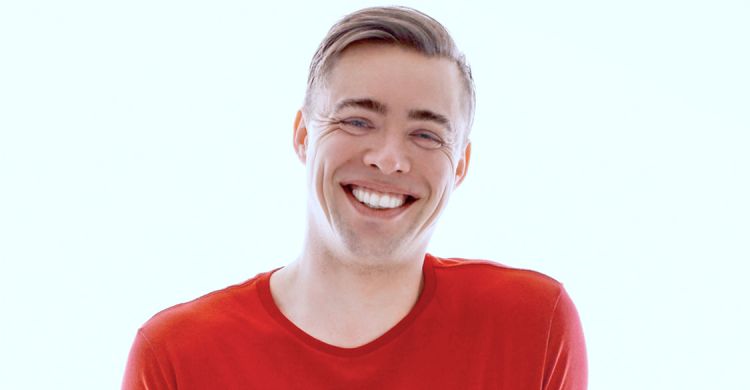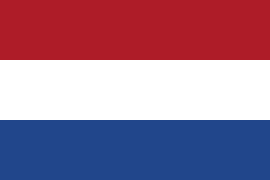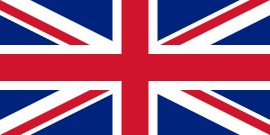

Heinz Martin Breuer
Lucky-4-ever

Lucky-4-Ever
That's the title of this painting. What do you think the painting means now that you know the title? Does it have something to do with being happy? And if so, in what way?
Talk about it
Unlike arithmetic, art is never unambiguous. 1+1=2; everyone knows that. You don't need to debate it, it's simply a fact. Art is different. Art is able to provoke all sorts of feelings and ideas. That's what makes it so surprising. If an artwork were to represent just one thing, it would be a lot less interesting. Look at the painting and talk about it with someone. You'll definitely learn something. From art, we can learn from each other!
Strong radiance
Do you see the rays flowing from the man in this painting? They look a bit like sunrays. But the rays are only coming from one side. How would you explain the rays? Do you have an idea of what they mean?
Guilty pleasure
A guilty pleasure is something that you enjoy while knowing that you shouldn't really do it. People are often quite ashamed of their guilty pleasures. What's depicted in this painting is a classic guilty pleasure: eating chocolate. A chocolate fountain is something that a lot of people might be even more ashamed of because it may result in eating so much that it makes you feel sick. Just like eating an entire cheese board or a whole packet of Oreos. Or telling everyone that you're vegetarian but then eating a hamburger from a fast food chain once you've had a few too many drinks. That last example, though, really is guilty.
Love for China
Heinz spent a long time in China during his studies. He was captivated by the country and its culture, particularly by the traditional Chinese ink paintings. Heinz tries to recreate such artworks with a Western touch. He organises various exhibitions in China and also invites Chinese artists to visit Europe and vice versa. Heinz even resides in China and has lived in Chengdu since 2007.
Impasto
This is when paint is thickly applied to the canvas, as in this piece of art. Do you like hardened blobs in a painting?
Lactose intolerance
You've probably heard or read about it in the past few years: people who are lactose intolerant lack a particular substance – lactase. It helps us digest food that contains lactose properly. In Asia, most people are lactose intolerant. So, it won't be easy to find a chocolate fountain when travelling there.
Brand new product
In the late 1970s, major Western companies advertised in China for the first time. Nestlé from Switzerland and Hershey from the US brought something new to the country: chocolate. Until then, most Chinese people had never tasted it.
Very different desserts
In China, people eat very different desserts to those we have in Europe. Over here, we love chocolate in all its forms, perhaps as a hot sauce with ice cream or in a pudding; or as chocolate mousse or a square with our coffee or tea. Chinese desserts often feature fruits and puff pastry. The desserts are often cooked.
Chic present
Chinese people still regard chocolate as a European luxury product and, like fine wine, it is therefore sometimes given as a gift in the business world.
Art always works
"Since art doesn't follow rules and often defies simple explanations, it can have a deep impact, regardless of someone’s educational background," says Heinz. That makes art very democratic. Everyone is able to enjoy it, not only people who have studied for a long time or those who have seen a lot of the world.
Your ideal fountain
If you could design your own fountain, what would it look like? And what flavour would it be? If there’s such a thing as a chocolate fountain, why stop there? Why not create your own fountain using, say, vanilla, orange juice or lemonade? What about even crazier flavours and aromas. And what shape is your fountain, what does it look like? Use your imagination!
Heinz ... sound familiar?
It's also the brand name of a famous sauce. Do you know which one?
Which artwork are you? And which one would you like to be?



